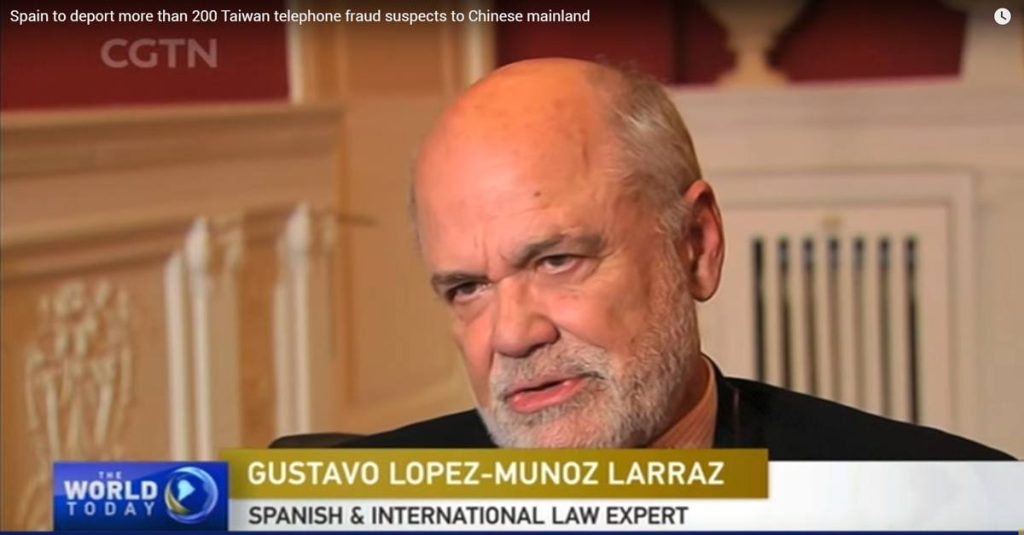Dissolution of corporations and limited companies

The dissolution of the public limited company for legal or statutory reasons is not automatic
The process of legal extinction of a company (whether anonymous or limited) is basically made up of three phases that take place successively.
This process begins with the dissolution, at which time the company continues to persist with its same legal personality, but abandoning its facet of business exploitation and subsisting with a purely liquidation purpose. .
The dissolution allows the opening of the liquidation period, during which the dissolved company carries out the necessary operations to settle and liquidate all legal relationships originated during its activity in traffic
The dissolution procedure to be followed in the public limited company or limited company does not have a homogeneous structure, since it will depend on the cause of the dissolution. There are different dissolution procedures depending on the circumstances in which it occurs.
In some cases the dissolution results from the mere concurrence of an act (agreement of the Meeting) or a legal fact (elapse of the term of duration of the company or opening of the phase of liquidation in bankruptcy), while in others the dissolution offers a complex structure and is made up of two different elements: concurrence of a legal or statutory cause of dissolution and legal agreement or judicial resolution that confirms it.
There are circumstances in which the dissolution of the company is automatic, when the dissolution occurs by operation of law (for example, due to the opening of the liquidation phase in the bankruptcy) , or other circumstances in which, for the dissolution to take place, the origin of the dissolution must be verified by the Shareholders’ Meeting or, failing that, by the Judge.
Article 363 of the LSC establishes that the capital company must be dissolved prior verification of the concurrence of any of the following causes:
- Due to cessation of the activity or activities that constitute the corporate purpose. In particular, it will be understood that the termination has occurred after a period of inactivity of more than one year.
- Due to the conclusion of the company that constitutes its object.
- Due to the manifest impossibility of achieving the social purpose.
- For the paralysis of corporate bodies so that their operation is impossible.
- For losses that reduce the net worth to less than half of the share capital, unless this is increased or reduced to a sufficient extent, and provided that it is not appropriate request the declaration of bankruptcy.
- Due to reduction of share capital below the legal minimum, which is not a consequence of compliance with a law.
- Because the nominal value of the non-voting corporate participations or non-voting shares exceeds half of the paid-up capital stock and the proportion is not restored within two years.
- For any other cause established in the statutes.
Given that the concurrence of a legal or statutory cause does not entail the automatic dissolution of the company, we can find ourselves before a company that, despite incurring in said causes of dissolution, continues in traffic without dissolving or adopting the necessary measures to get out of that situation.
In the face of this type of situation the Law establishes a rigorous system that pursues the dissolution of the company or the elimination of the cause.
This system, common for limited companies and limited companies, is mainly made up of three elements:
- the necessary holding of the general meeting that agrees on the dissolution or removal of the case, if possible
- When the Shareholders’ Meeting does not adopt the dissolution agreement, there being cause for it, there is the possibility that judicial dissolution is agreed upon
- Joint and several liability for the corporate debts of administrators who fail to comply with their legal duties for these purposes (not agreeing to the dissolution despite being mandatory).
As we can see, when the General Meeting does not adopt the dissolution agreement nor the removal of the cause for dissolution, this can be judicially declared -for For this reason, the law attributes to any interested party the legitimacy to request the judicial dissolution of the company in the event that the requested Meeting is not called, if it is impossible to reach an agreement or adopt a decision contrary to the dissolution (366.1 LSC)-, The corporate administrators may incur, if applicable, liability for corporate debts.
José Luis Casajuana Ortiz
Partner at J. L. Casajuana and head of the international area
01/12/2017



















